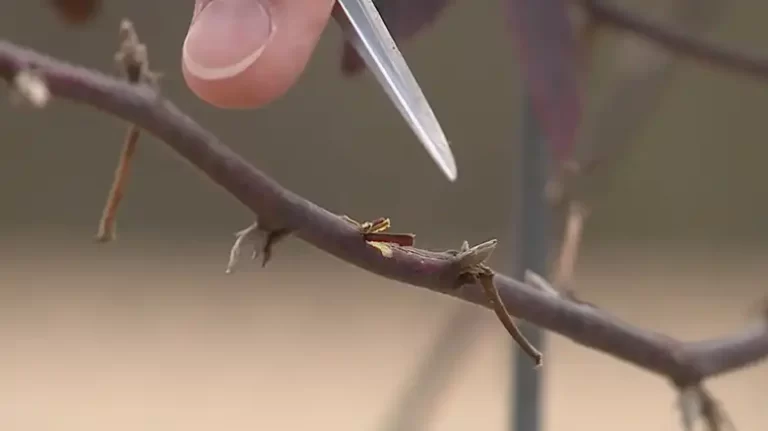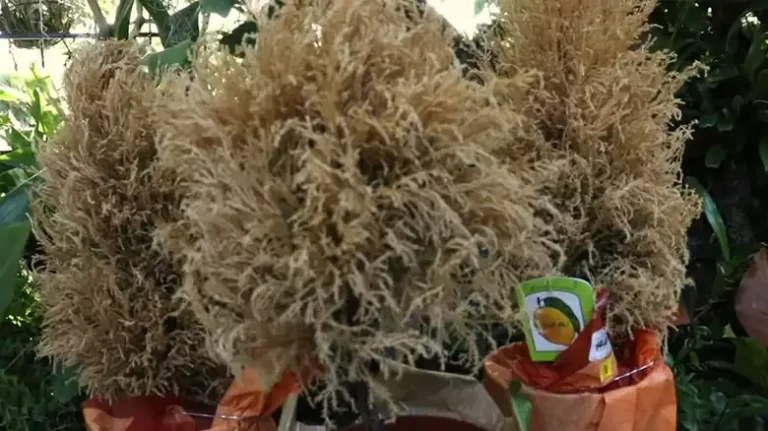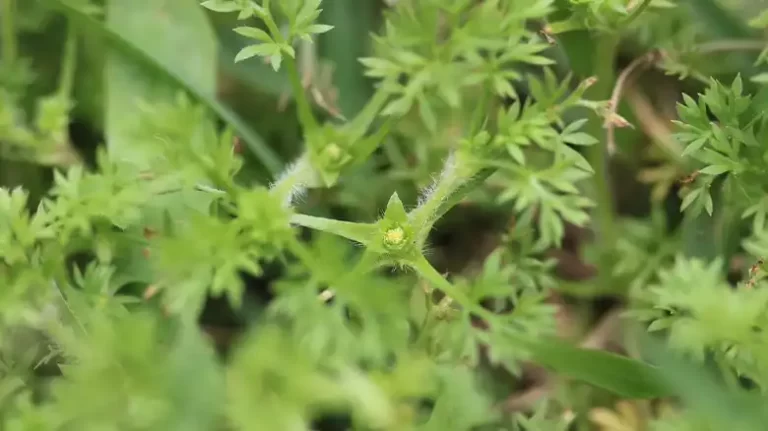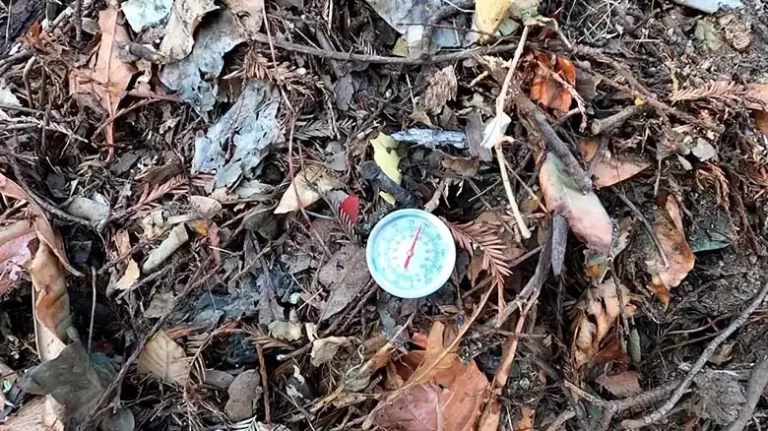Why Are Wasps Attracted to My Car
When you stroll out to your car on a sunny morning, the last thing you want to discover is a swarm of wasps buzzing around it. It’s a perplexing sight, but before you go reaching for the nearest can of insect spray, it’s worth delving into the world of wasp behavior and the reasons they seem drawn to your automobile. Let’s explore the enigma of why wasps find your car so appealing.
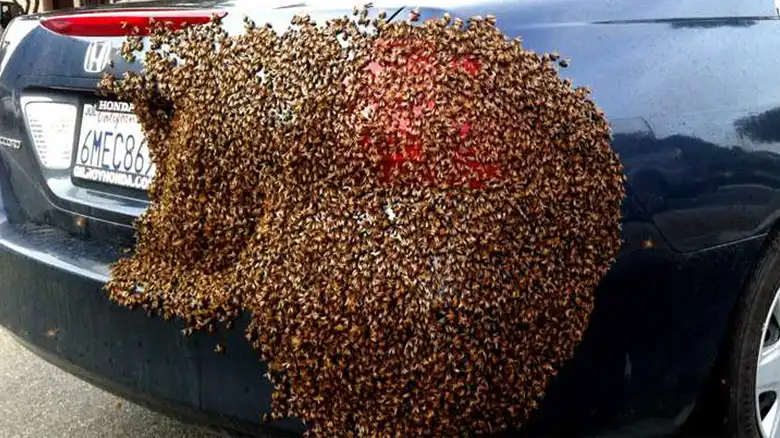
May Be You Are Just Over Thinking It
Are you sure you are not just thinking about it too much! Sometimes it can be that you are thinking about it but the problem is not that much severe. So, why not get your mind off this thing and have a fresh start.
Factors Attracting Wasps to Cars
Have you ever wondered why wasps seem irresistibly drawn to your car? The phenomenon of wasps congregating around vehicles can be perplexing, but there are indeed some factors that make your car an unexpected magnet for these buzzing insects.
Bright Colors and Patterns
Wasps have a penchant for bright and eye-catching colors. Your car’s glossy and vivid paint job might inadvertently make it stand out in the eyes of these winged creatures. They are naturally inclined to investigate objects that are visually distinctive.
Intricate patterns on your vehicle, such as decals or unique detailing, can also capture the attention of wasps. These patterns might mimic the patterns they encounter in nature, prompting their curiosity.
Sweet Scents and Food Residues
Cars can accumulate a variety of scents, especially those of sweet treats and beverages. The aroma of that morning coffee or the remnants of a sugary snack can be an irresistible lure for wasps. They are instinctively drawn to the promise of nourishment.
Even the tiniest food residues, like spilled fruit juice or a forgotten crumb, can emit scents that attract wasps. They are skilled scavengers and will investigate any potential food source they encounter.
Warmth and Shelter
On cooler days, your car can provide warmth and shelter to wasps seeking refuge from the elements. The interior of your vehicle can be particularly appealing, offering a cozy haven from the chill.
Wasps are adept at finding hidden spots to build their nests. Your car, with its numerous crevices and openings, can present an ideal location for them to establish a sheltered nest.
Reflections and Shiny Surfaces
Mimicking Water Sources: Wasps are naturally drawn to reflective surfaces, which can often resemble water sources. The polished surfaces of your car can trick them into believing they’ve found a potential watering hole.
Vibrations and Movement
Wasps are curious by nature. The vibrations and movements generated by a running car can stimulate their inquisitiveness. They may investigate these motions, thinking they have stumbled upon something intriguing.
The Role of Wasps in Car Damage
Wasps, those seemingly pesky insects that occasionally gather around your car, may play a more significant role in car damage than you might think. In this section, we’ll delve into the various ways in which wasps can become not just a nuisance, but potentially a real threat to your vehicle.
Let’s explore their role in car damage and understand why vigilance is key when it comes to these buzzing creatures.
Nest Building
Wasps are master builders, and unfortunately, they don’t limit their construction projects to trees and bushes. Your car can become their next construction site. Here’s how:
- Nesting Locations: Wasps often choose hidden nooks and crannies in your car to build their nests. This can include inside the side mirrors, under the hood, or even within the wheel wells.
- Structural Damage: As wasps create their nests, they may damage sensitive car components. Their nests can clog vents, blockages that disrupt airflow, or even corrode wiring.
- Aesthetic Issues: Beyond functionality, wasp nests can cause unsightly aesthetic problems. These papery structures can mar your car’s pristine appearance.
Corrosion and Paint Damage
The substances that wasps produce can be corrosive, and this can have serious implications for your car’s exterior. Here’s what you need to know:
- Wasp Secretions: Wasps excrete substances that can corrode car paint over time. These secretions contain enzymes that break down the paint’s protective layers.
- Visible Damage: As the paint deteriorates, you may notice discoloration, peeling, or pitting on the surface of your car. Left untreated, this can lead to more extensive damage.
Interior Damage
While most of the focus is on exterior car damage, wasps can also infiltrate your car’s interior, which can lead to unexpected problems:
- In-Car Intrusions: Wasps can find their way inside your car through open windows, sunroofs, or even small cracks. This can be alarming and potentially dangerous if they become agitated while you’re driving.
- Distraction and Safety Risks: A wasp inside your car can be a significant distraction, leading to safety risks while driving. Avoiding accidents becomes challenging when a wasp decides to take a tour of your vehicle.
- Possible Stings: The presence of a wasp inside your car increases the risk of getting stung, which can be particularly distressing if you have allergies or children in the car.
Dealing with Wasps on Your Car
Discover effective strategies and safe methods for dealing with unwelcome wasp visitors in your car. From prevention tips to eco-friendly approaches, learn how to keep your vehicle wasp-free and safeguard against potential damage. Explore these subheadings for comprehensive guidance:
Prevention Tips
Explore practical steps to prevent wasps from making your car their next stop:
- Regular Cleaning: Keep your car clean and free of food residues and sweet smells.
- Strategic Parking: Learn how to choose parking spots that deter wasps from landing on your vehicle.
- Cover Your Car: Utilize car covers to protect your vehicle when not in use.
- Seal Entry Points: Ensure all openings in your car, such as vents and gaps, are sealed to prevent wasp intrusion.
Safe Removal Methods
When you encounter a wasp nest in your car, it’s crucial to handle it safely and efficiently. Discover the right tools and techniques:
- Wear Protective Gear: Understand the importance of wearing appropriate protective clothing, including gloves, long sleeves, and a face mask.
- Commercial Repellents: Explore the use of commercial wasp-repellent sprays for safe nest removal.
- Seek Professional Help: Learn when it’s best to enlist the expertise of pest control professionals to handle hard-to-reach nests.
Eco-Friendly Approaches
For those who prefer environmentally conscious solutions, explore eco-friendly methods to deter and relocate wasps:
- Natural Wasp Deterrents: Discover natural substances like peppermint oil or vinegar that can effectively deter wasps from your car.
- Promote Wasp-Friendly Environments: Learn how to create alternative nesting sites away from your vehicle, contributing to a balanced ecosystem.
Related Questions
Are All Wasps Attracted to Cars?
No, not all wasps are attracted to cars. The attraction of wasps to cars depends on various factors, including the specific type of wasp and the conditions at the time. While some wasp species may be more curious and prone to investigating cars, it’s not a universal behavior among all wasps.
Can Wasp Stings Cause Damage to My Car’s Paint?
Individual wasp stings are unlikely to cause direct damage to your car’s paint. However, the secretions that wasps leave behind can potentially harm your car’s paint job over time. Wasp secretions, which include their saliva and excrement, can be corrosive.
What Should I Do if I Find a Wasp Nest on My Car?
If you discover a wasp nest on your car, it’s essential to handle the situation carefully to avoid getting stung and to protect your vehicle. Here’s what you should do:
- Safety First: Prioritize your safety. Do not attempt to remove the nest without proper protective gear.
- Wear Protective Clothing: Put on gloves, long sleeves, and a face mask to shield yourself from potential stings.
- Assess the Nest: Determine the size and location of the nest. If it’s a small, accessible nest, you may consider removing it yourself using a commercial wasp-repellent spray.
- Use Commercial Repellents: If you choose to remove the nest yourself, use a commercially available wasp-repellent spray. Follow the product’s instructions carefully.
- Seek Professional Help: If the nest is large, hard to reach, or if you’re uncertain about handling it safely, it’s best to contact a pest control professional. They have the expertise and equipment to remove the nest without endangering you or your vehicle.
Outcome
In conclusion, while it may seem like your car is a wasp magnet at times, understanding the reasons behind their attraction can help you take preventive measures.
By keeping your car clean, avoiding sweet smells, and taking prompt action when necessary, you can minimize the chances of wasp-related car troubles. Remember, not every wasp near your car is cause for alarm, but it’s always better to be prepared than stung by surprise.
